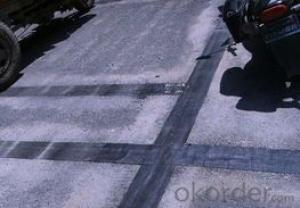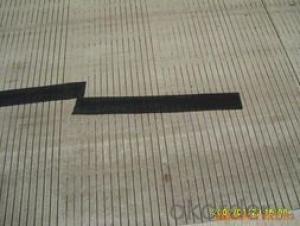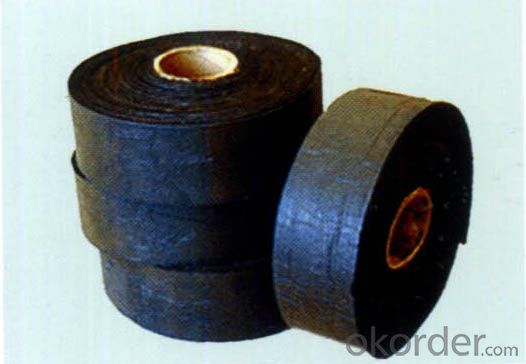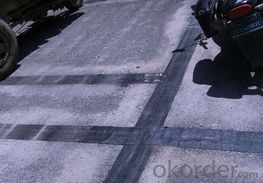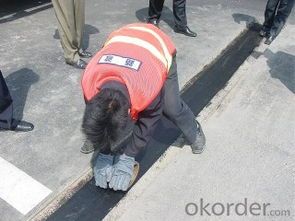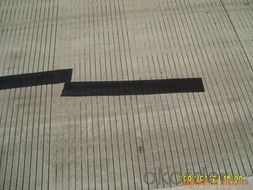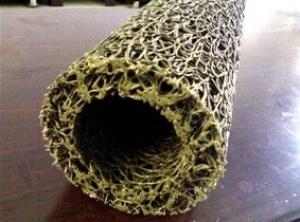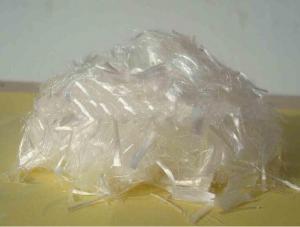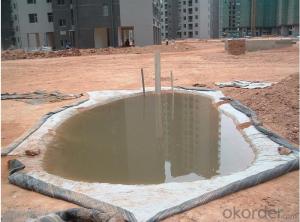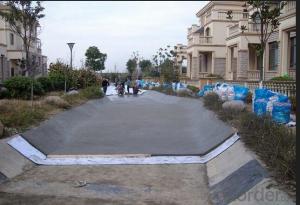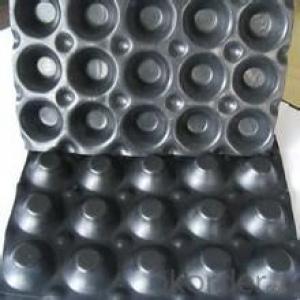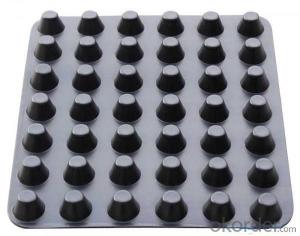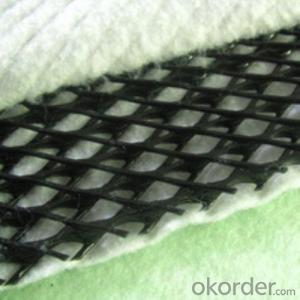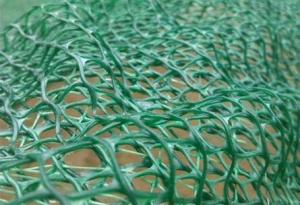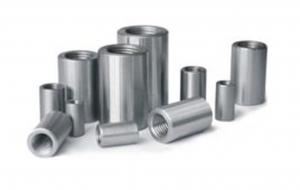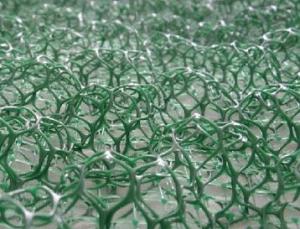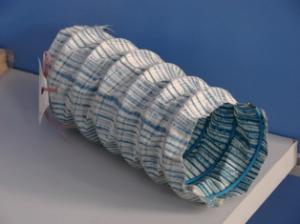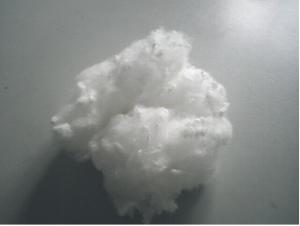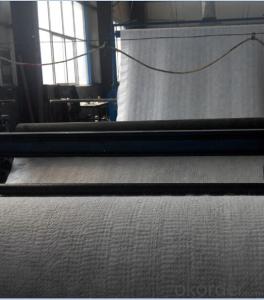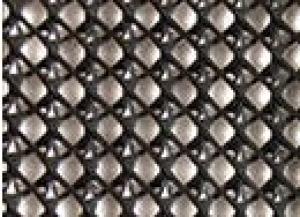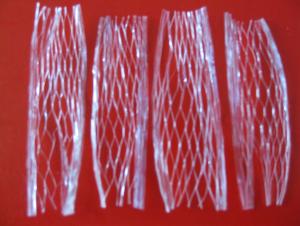Never Run Crack, Crack Stick, Stick To Belt
- Loading Port:
- Qingdao
- Payment Terms:
- TT OR LC
- Min Order Qty:
- 1 m²
- Supply Capability:
- 1000000 m²/month
OKorder Service Pledge
OKorder Financial Service
You Might Also Like
Crack stick construction
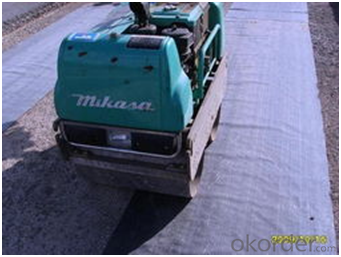
Anti-crack construction effect
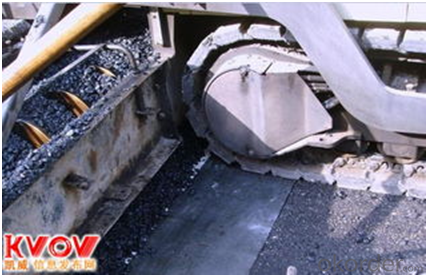
Crack stick
Product introduction
Crack stick (also known as crack stick) is composed of asphalt base polymer, high-strength tensile tire base, high temperature resistance and compatibility with asphalt high-strength compounded fabric. Stick in the cracks or the spalling of the asphalt concrete surface, can reduce and cut off its effect on the temperature shrinkage stress of pavement, thus reduce the reflection crack through the surface of the trend, laying and road because of the isolates abrasion at the grass-roots level and the upper layer, so that the top layer from the effects of multidirectional displacement and the shear stress, for roads, Bridges, airports, etc.
The main performance
1, the isolation effect. Laying crack and the crack surface and asphalt layer isolation, to avoid the direct contact with asphalt layer cracking level, crack tensile stress at the grass-roots level cannot directly transfer the asphalt concrete pavement, reduce the bonding force between the base and surface, but polymer anti-crack stick can enable the lower level very good adhesion into a whole, jointly bear the role of vehicle load, is enough to prevent the interface on the lower level of relative displacement and keep continuous.
2, reinforcement effect. Crack has a certain strength, can absorb a certain amount of tensile stress in the crack, when the crack tensile stress increases and is greater than the crack of tensile strength, crack resistance to deformation, the surface began to crack under the tensile stress in the stick to pass up. Crack stick level will bear all the tensile stress in the crack, crack obviously have the effect of reinforcement, in this sense, it improved the tensile strength of pavement structure layer.
3, energy dissipation cushion. Crack is a certain extensibility of material, high polymer has good low temperature flexibility, laid between the asphalt surface, equivalent to set up an elastic layer, crack tensile stress at the grass-roots level through the anti-cracking polymer spread to a wide range, so as to relieve stress intensity cracks, flexible interlayer can partly tensile energy absorption effect.
4, water seepage control effect. Crack stick seepage-proof layer polymer can form a complete, can partition to the subgrade pavement water penetration, in order to ensure the strength of the base, the base materials properties not deteriorate further. Crack stick for asphalt surface can effectively inhibit cracks propagated up, in the practical engineering play a role of crack resistance of crack and energy absorption effect.
- Q: Why beginners or senior civil engineering and technical personnel are required to continue to learn civil engineering materials
- Civil engineering materials teaching materials mainly introduce the basic composition of civil engineering materials commonly used in civil engineering, material performance, quality requirements, testing methods
- Q: What are the advantages of using geonets in geothermal energy systems?
- Geonets offer several advantages in geothermal energy systems. Firstly, they enhance heat transfer by providing a larger surface area for heat exchange, thereby increasing the efficiency of the system. Additionally, geonets help to evenly distribute the geothermal fluid, reducing pressure losses and improving flow rates. Furthermore, these flexible and durable materials are resistant to chemical corrosion and can withstand high temperatures, making them ideal for use in geothermal applications. Lastly, geonets are cost-effective and easy to install, contributing to the overall affordability and accessibility of geothermal energy systems.
- Q: How do geosynthetic products contribute to stormwater management?
- Geosynthetic products play a crucial role in stormwater management by offering effective solutions for erosion control, sediment filtration, and water retention. They are commonly used in the construction of retention ponds, green roofs, and permeable pavements, which help to mitigate the impact of heavy rainfall and reduce runoff. Additionally, geosynthetic materials can enhance groundwater recharge and promote infiltration, ultimately improving the overall quality of stormwater runoff and minimizing the risk of flooding or pollution.
- Q: What are the different jointing options available in earthwork products?
- The different jointing options available in earthwork products include butt joints, tongue and groove joints, dowel joints, and interlocking joints. These jointing options provide varying levels of stability and strength to the earthwork products, depending on the specific requirements of the project.
- Q: Can earthwork products be used for rainwater harvesting?
- Yes, earthwork products can be used for rainwater harvesting. Earthworks, such as berms, swales, and ponds, can effectively capture and store rainwater, allowing it to infiltrate into the soil or be stored for later use. These earthwork features can help prevent erosion, recharge groundwater, and provide a sustainable source of water for various purposes, including irrigation and household use.
- Q: What are the common applications of earthwork products?
- Common applications of earthwork products include construction projects such as building foundations, roads, highways, dams, and landscaping projects. These products are used to excavate, backfill, and level the ground to create a stable and usable surface for various purposes.
- Q: What are the different construction techniques using earthwork products?
- There are several different construction techniques that utilize earthwork products. Some of these techniques include cut and fill, embankment construction, earth dam construction, and trenching. Cut and fill involves excavating the earth from one area and using it to fill another area, creating level ground. Embankment construction involves building a raised soil structure, often used for roads or railways. Earth dam construction involves using compacted earth to create a barrier for water storage. Trenching involves digging narrow and deep excavations for various purposes such as utility installations or foundations. These techniques utilize earthwork products to shape and manipulate the land for construction purposes.
- Q: Are there any specific earthwork products available for drainage systems?
- Yes, there are specific earthwork products available for drainage systems. Some examples include perforated pipes, geotextiles, gravel, and catch basins. These products help to effectively manage and redirect water away from areas prone to flooding or erosion.
- Q: How do earthwork products contribute to landfill liner construction?
- Earthwork products, such as clay, soil, and geosynthetics, play a crucial role in landfill liner construction. These materials are used to create impermeable barriers that prevent the leaching of hazardous substances into the surrounding environment. Clay and soil layers act as natural barriers, while geosynthetics, like geomembranes and geotextiles, provide additional reinforcement and enhance the liner's performance. By effectively containing waste and preventing contamination, earthwork products ensure the safe and sustainable management of landfills.
- Q: Are there any specific earthwork products available for slope stabilization?
- Yes, there are several specific earthwork products available for slope stabilization. These include geotextiles, geogrids, gabion walls, retaining walls, and soil nails. These products are designed to reinforce and stabilize slopes, preventing erosion and landslides.
Send your message to us
Never Run Crack, Crack Stick, Stick To Belt
- Loading Port:
- Qingdao
- Payment Terms:
- TT OR LC
- Min Order Qty:
- 1 m²
- Supply Capability:
- 1000000 m²/month
OKorder Service Pledge
OKorder Financial Service
Similar products
Hot products
Hot Searches

